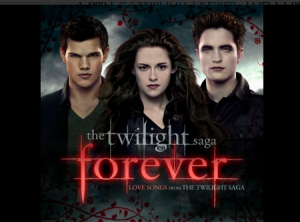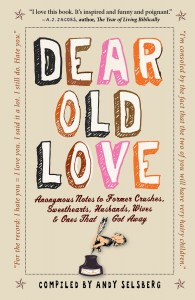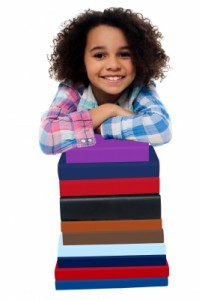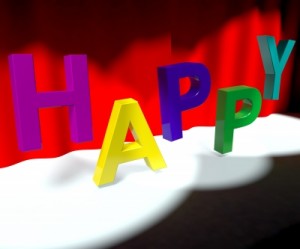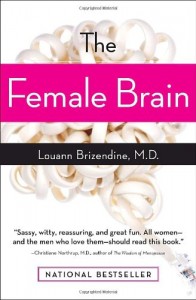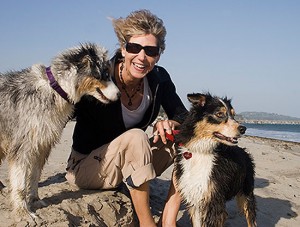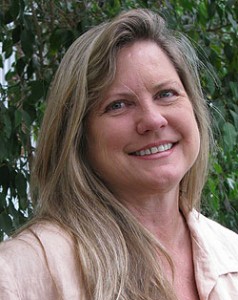
Lynn Montgomery (courtesy photo)
Children’s book author sees the beauty in every opportunity.
Award-winning documentary producer and television writer Lynn Montgomery
recently turned her talents to Butt Ugly, a children’s picture book that tells the
story of a loveable little green mutt who needs a home. Not only does this heart-
warming story teach children important lessons about self-esteem, the book was
printed in a 100% green manner.
Leslie Dinaberg: How did you go from writing television to writing your book, “Butt
Ugly?”
Lynn Montgomery: When I was writing television I was working 100 hours a week and didn’t
have children … I stayed in television for about 10 years, the amount of money
that they give you to write for television is obscene. And I was never doing it
really for the money, I was doing it because I loved to write and I loved to write
more than I loved to get all this money, so eventually the love of writing went out
for me in television and I decided that I would just write features and continue
with writing some books that I had started.
LD: So you’re working on both picture books and young adult books. Are they all
comedic?
LM: Well I have a comedic voice. … My goal is to make you laugh and make you
cry and if I accomplish both of those then I am really happy.
LD: How did you decide to incorporate the green aspects into the book?
LM: I have always been passionate about the environment. … In writing a
children’s book, this was an opportunity to make it as green as possible. The
story is for children that is an uplifting important story about self-esteem with the
name-calling, but also is a way to educate the children about the environment
and about recycling. This book is made 100% recycled- the paper is 100%
recycled, the paper is not bleached, so it doesn’t produce any dioxins in the
bleaching processing, … most ink is petroleum-based ink, this ink is vegetable
based ink and then I even was able to go a step further. It was printed in the U.S.
because most four-color children’s books … the vast majority of four-color
children’s books are printed in Asia, in Singapore and China, and there are no
environmental standards. Ancient forests being cut down to print children’s books
where we tell stories about preserving the environment. It makes no sense to me.
So this was printed in the U.S. and it was printed by a printer in St. Louis that
runs on wind power.
LD: Wow.
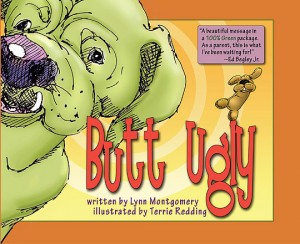 LM: I just did as much research as I possibly could to find out how could I make
LM: I just did as much research as I possibly could to find out how could I make
this as green as green can be. … Then after the book was printed, I found out
about this new wonderful organization called Eco Libris … it’s a tree offset
company … when you make a contribution to them a tree will be planted in a
developing company. … So not only is the book green and no trees were cut
down to create this book, but also trees are being planted if you buy this
book.
LD: That’s great. That’s really a nice give back.
LM: So you can feel good about buying the book.
LD: How does that pencil out in terms of the cost of the book?
LM: It’s twice as expensive to publish a book this way, but we have to start. I’m
not going to make a lot of money on this book, but what I’m trying to do is start a
conversation within the publishing world.
LD: And you are also donating some money from the book to CALM.
LM: Yes, some of the proceeds are going to CALM. I used to be on the board of
CALM … also some of the proceeds will go to animal rescue
organizations.
LD: Are you working on another children’s book?
LM: Yes, there’s another on in the series which is called Butt Ugly Love, he falls
in love with the most beautiful dog he every saw. She’s absolutely perfect and
he’s smitten at first sight. It’s about true love and you find out on the last page as
they are strutting off into the sunset that she only has three legs. Of course he
never saw that and it didn’t matter he’s in love and she’s perfect she’s
beautiful.
LD: That’s very sweet.
LM: … Then there’s a third in the series,Butt Uglier, and that’s of course when
they have puppies. And then that’s it.
LD: So where are you with the books?
LM: Butt Ugly Love will be out around Christmas 09, the story is written and the
illustrator is working on the illustrations and right now she’s at the point of trying
to conceptualize what this beautiful dog that he falls in love with will look like.
LD: Is the illustrator someone you had a connection to?
LM: The illustrator is Terrie Redding, she was from Santa Barbara and she
moved to Dallas, Texas a couple of years ago. … Then my husband does all the
coloration and then the layout. I had no idea what a huge aspect of book
publishing art direction would be.
LD: What’s your husband’s name?
LM: Richard Kriegler. He is an Art Director, Matte Painter and Concept Artist and
he’s done scores of movies, and children’s films, he’s done Stuart Little and
Pinocchio and Thomas and the Magic Railroad and he also did Contact and
What Dreams May Come.
LD: That was a beautiful looking movie.
LM: What Dreams May Come, what inspired him, he did the concept work for
that movie, and do you remember the art that he disappeared into? Those were
inspired by Richard’s paintings that are hanging in our house.
LD: Oh, those are gorgeous.
LM: So I always say thank goodness I’m married to Richard because otherwise I
never would have been able to afford him … He’s also the art director for one of
the top selling videos games in the world. So I tell him that this is his penance he
has to pay for taking children away from reading, he has to art direct all of my
children’s books.
LD: How long have you been in town?
LM: We’ve been here going on 11 years. I first moved here, our big entree into
Santa Barbara, this big old run down house that had been on the market for four
years, I think. And then when we bought it somebody told me about CALM and
how they do the designer showcase house. And we had done houses before and
renovated them but never one quite this large and never one where we had two
small children. Hannah was six months old at the time. So we put the house up
to be a design showcase house … so it’s like we came into town and opened our
home to thousands of people. So I am always running into people that say, “Oh
yeah, do you still have that train bed in your son’s room?” (Laughs) Everybody in
town has been in our house.
LD: What else do you do when you’re not working?
LM: Well I love to garden, I love to go on walks through beautiful Santa Barbara,
and I mean we’re so lucky to live here. I explore areas up the coast, I love to
hike. To take care of my chickens. I love to watch the chickens in the garden. I
always feel like I’m looking at an old painting, just watching the chickens walk
through and free range in the garden, it’s so beautiful and peaceful. I think it must
lower your blood pressure.
… I’m always working on some cause. Right now it’s to the send the fifth graders
at Roosevelt to Astronomy Camp. … We need to raise $15,000 to send the kids,
and I happened to raise my hand at the meeting and said I’ll take that
on.
LD: It’s supposed to be a great camp.
LM: … Our fundraiser is going to be a Chicken Coop Tour, Loupe de Coop on
March 22.
LD: That sounds really fun.
Vital Stats: Lynn Montgomery
Born: Upland, CA, on April 24th
Family: Husband Richard Kriegler; daughter Hannah, 10; and son Austin,
15
Civic Involvement: CALM, Roosevelt School, Pearl Chase Society
Professional Accomplishments: Won a Writer’s Guild Award Adapting Mrs. Piggle
Wiggle for Showtime and Universal; won an LA Emmy award for writing and
producing a documentary that dealt with the failures of the child abuse protective
system in Los Angeles; produced a 100% green children’s four-color children’s
picture book, Butt Ugly.
Best Book You’ve Read Recently: “The Story of Edgar Sawtelle, It was
wonderful for getting inside the head of a dog; there are some chapters in there
that I will re-read many times in my life, but they’ll always make me cry.”
Little-Known Fact: “I have never had a beer in my life, but I love wine.”
Originally published in Noozhawk on November 16, 2008. Click here to read it.
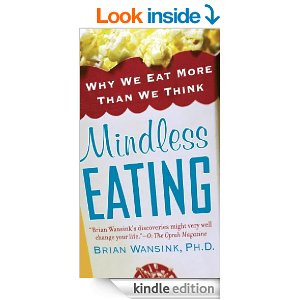 Is there really such a thing as dude food? If you were an alien looking in on our culture of Burger King and Yoplait ads you would certainly think so. But how much of our “dude food” and “chick picks” food preferences are based on cultural and gender stereotypes and messaging? A lot, according to “Mindless Eating: Why We Eat More Than We Think,” a book I recently picked up.
Is there really such a thing as dude food? If you were an alien looking in on our culture of Burger King and Yoplait ads you would certainly think so. But how much of our “dude food” and “chick picks” food preferences are based on cultural and gender stereotypes and messaging? A lot, according to “Mindless Eating: Why We Eat More Than We Think,” a book I recently picked up.
